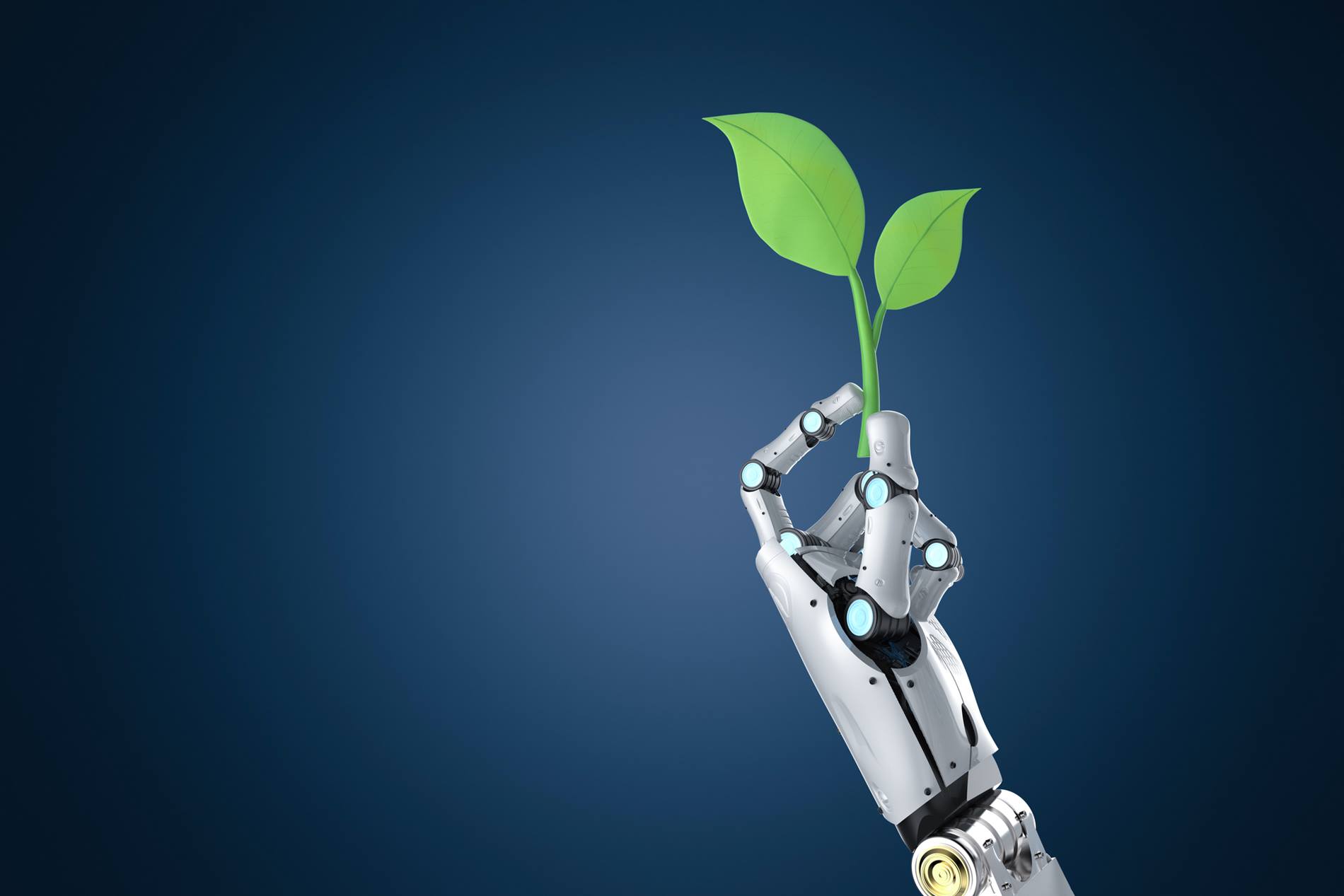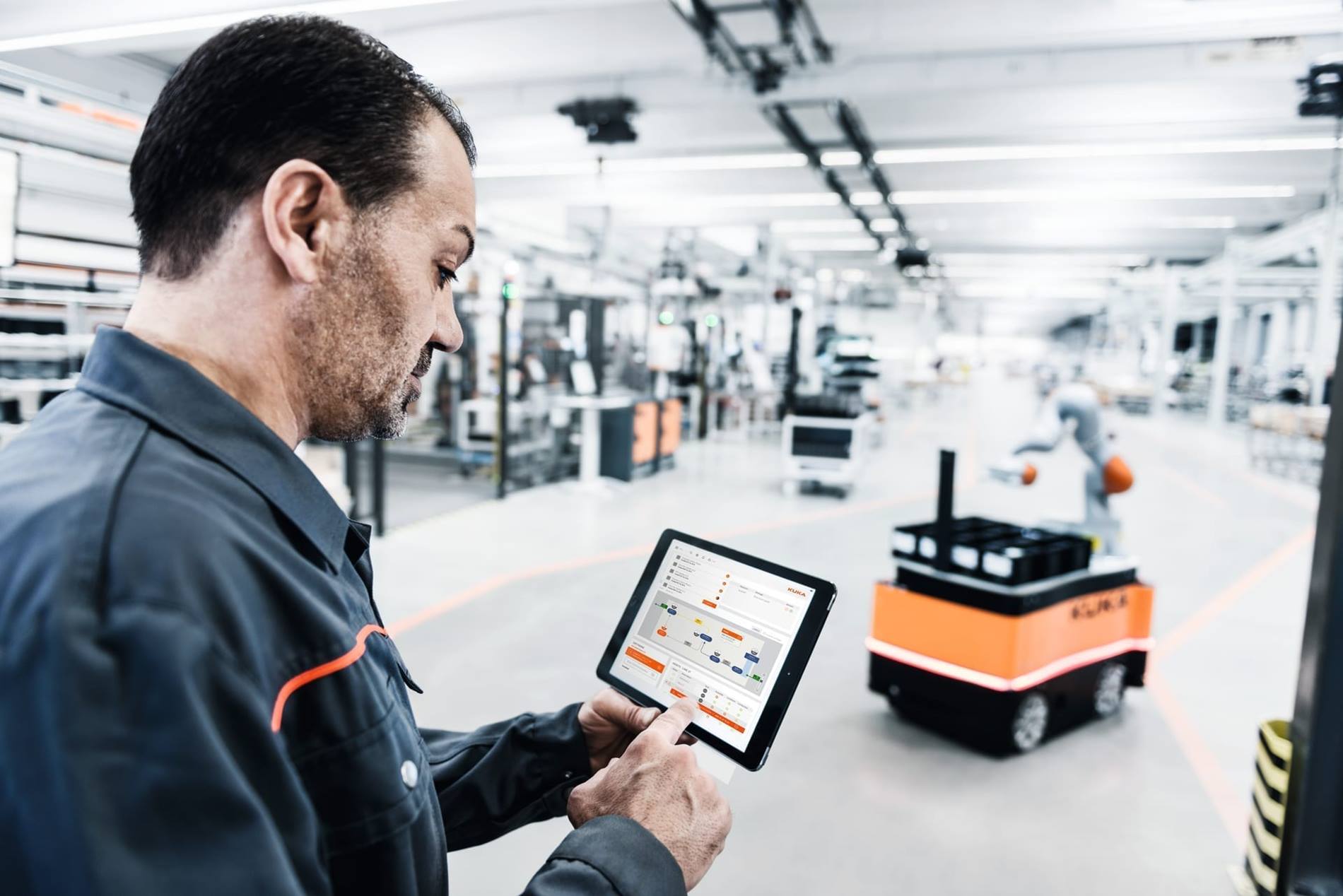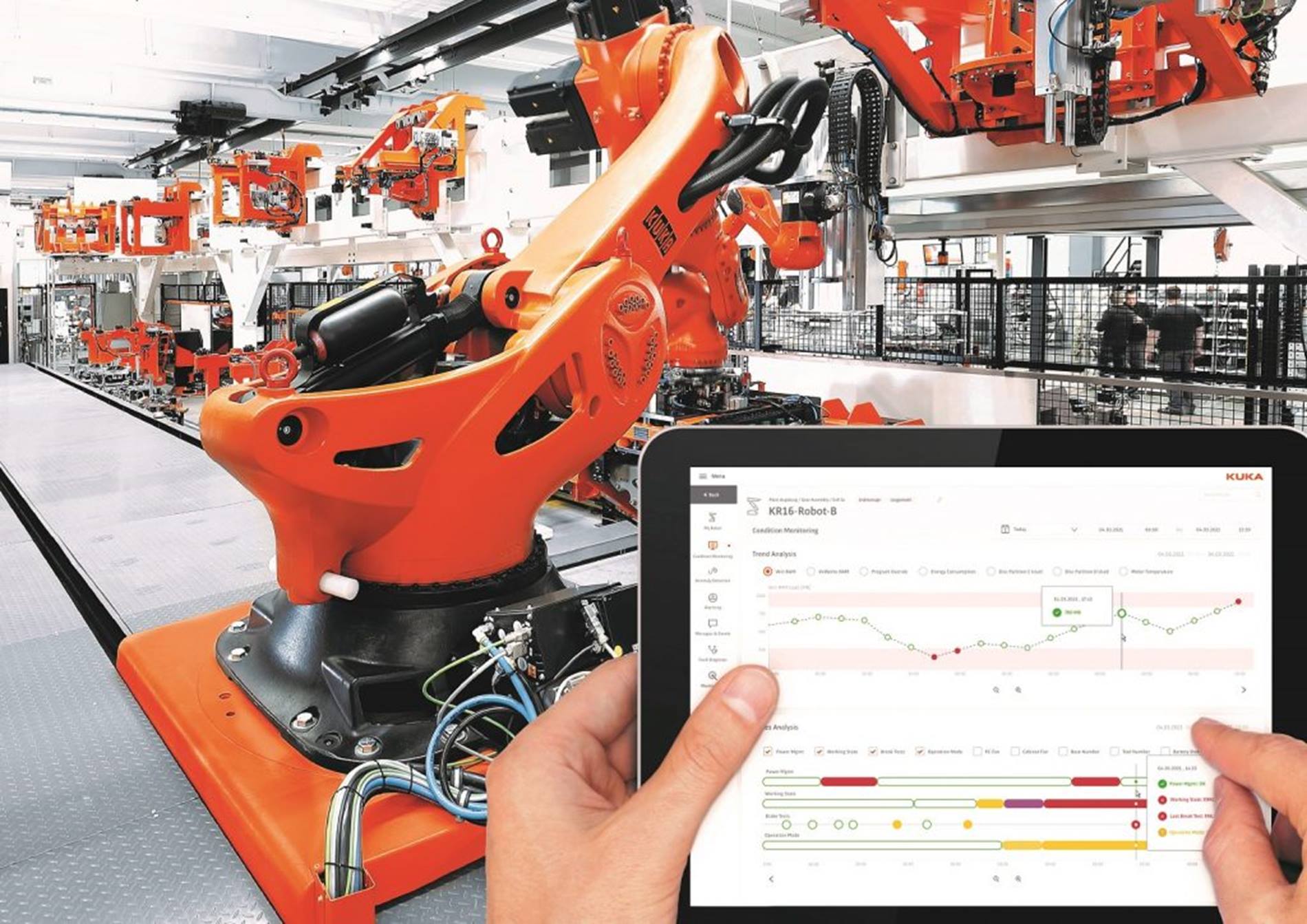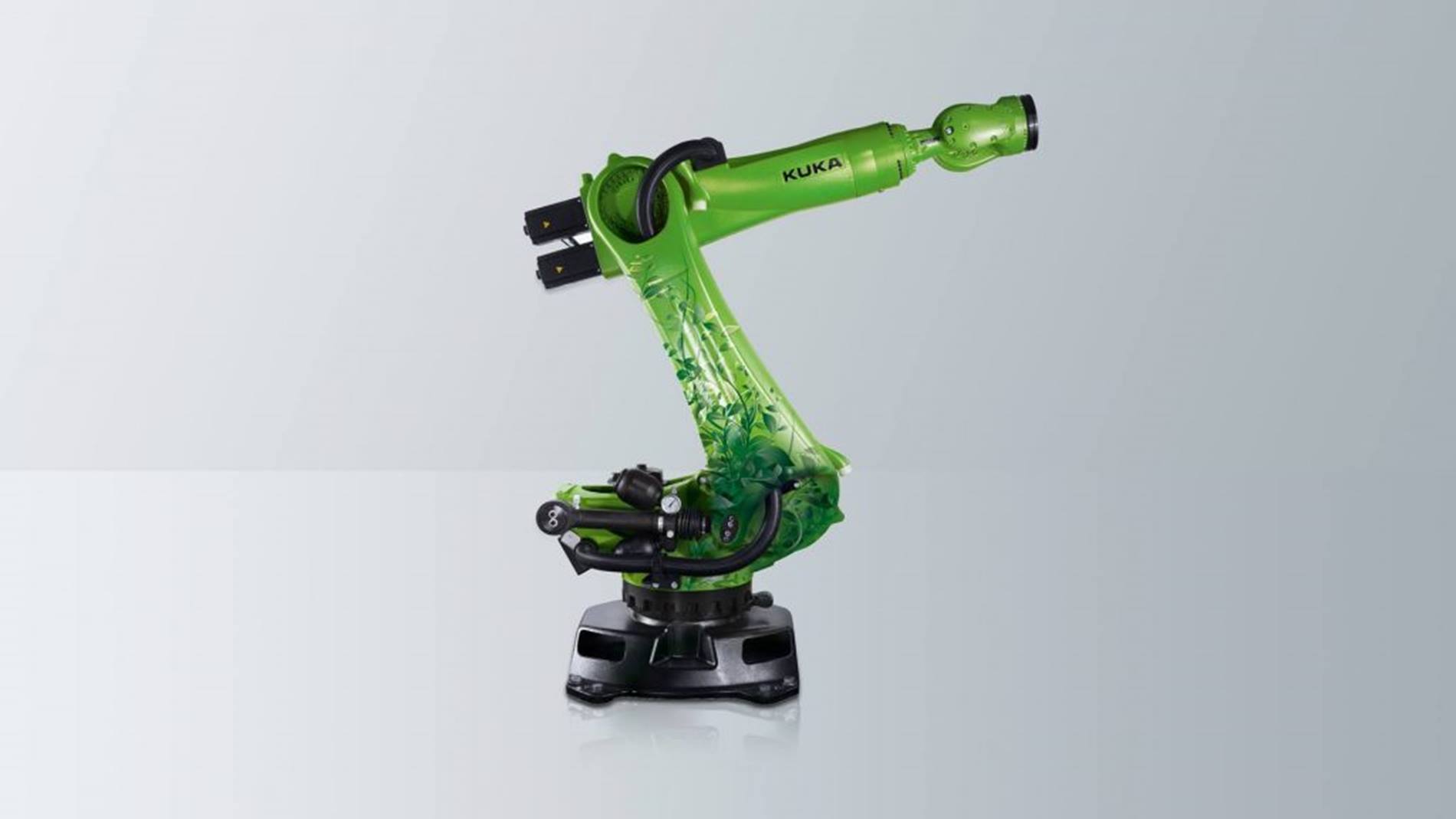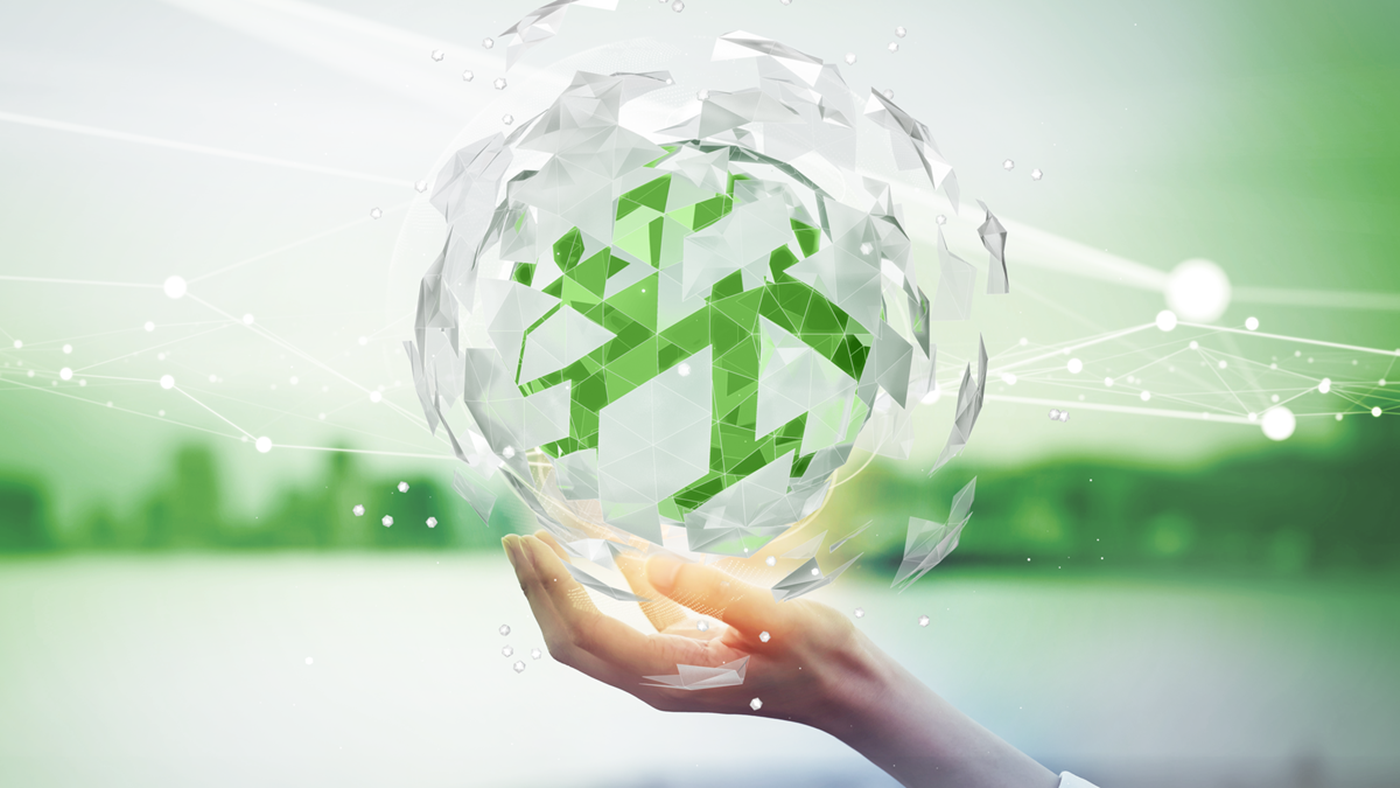Modern technologies around automation, digitization and networking support us in our work, make processes leaner and simplify our everyday lives – but can they also contribute to greater sustainability?
Fewer greenhouse gas emissions, more energy from renewable sources and greater energy efficiency: the EU wants to reduce its CO2 emissions by 55 percent by 2030. The German government has also adopted measures to achieve these climate protection targets in 2030. But to do so, Germany must save 262 million tons of CO2 per year. According to digital association Bitkom, digitization can also help: According to this, digitization can realize up to 58% of these savings. The greatest potential lies in the areas of industrial manufacturing, mobility, energy and buildings.
In this way, smart intralogistics can avoid empty runs, optimize freight routes and guarantee higher utilization of production equipment with a lower number of driverless transport vehicles. Virtual images of production and operating cycles, so-called digital twins, make it possible for processes to be tested first on the digital object instead of the real thing. Even after the plant has been commissioned at the customer’s site, the virtual model is available in parallel with the real production facility for remote investigations – thus saving massive amounts of material, energy and resources. And intelligent buildings can automatically regulate and thus optimize heating, ventilation or air conditioning depending on weather conditions or the number of employees present. In addition, the coronavirus pandemic has given a massive boost to the digital transformation, with digital meetings instead of air travel or more efficient home offices instead of long commutes by car.
More efficient and resource-saving thanks to new technologies
But it is not only digitization that makes it easier to live, produce and act more sustainably; modern technologies such as 5G also contribute to a better energy balance: 5G improves wireless communication between components and fixed machines. The power required for the controller is reduced, which has a positive effect on battery life. KUKA will also use a campus network with 5G standalone technology from Nokia in the future. In doing so, KUKA has set up a long-term development roadmap that will enable it to take advantage of the new possibilities offered by future 5G versions for automation solutions.
To further reduce energy consumption and CO2 emissions, KUKA is also working on converting tomorrow’s production. The so-called SmartProduction Center, a flexible matrix solution that is already being used by automotive suppliers in e-mobility, among other things, is being converted from conventional AC power to DC power. With direct current, renewable energy sources can be integrated more efficiently and with fewer transmission losses. Electric drives can feed their braking energy back into the DC grid without losses.
Tomorrow’s robotics are more environmentally friendly and energy-saving
And KUKA is also working with customers on sustainable applications. One example: columns, sculptures made of concrete by the Belgian BESIX Group, printed by a KUKA robot using the 3D printer. In this process, all the shaped elements that the customer wants are modeled in advance using 3D software. The additive manufacturing process avoids waste and delivers customized solutions or even entire series in just a few hours. The liquid material concrete is converted 1:1 into the end product, so no waste is generated in this process. CO2 emissions are also reduced through the use of robots, as the robot can print the desired precast concrete part directly at the construction site and it does not have to be transported separately.
All these examples are just a glimpse of the seemingly endless possibilities offered by new technologies. But this development shows: Digitization, robotics and AI can not only make our lives and work easier, but also support us on the path to a more sustainable future.

